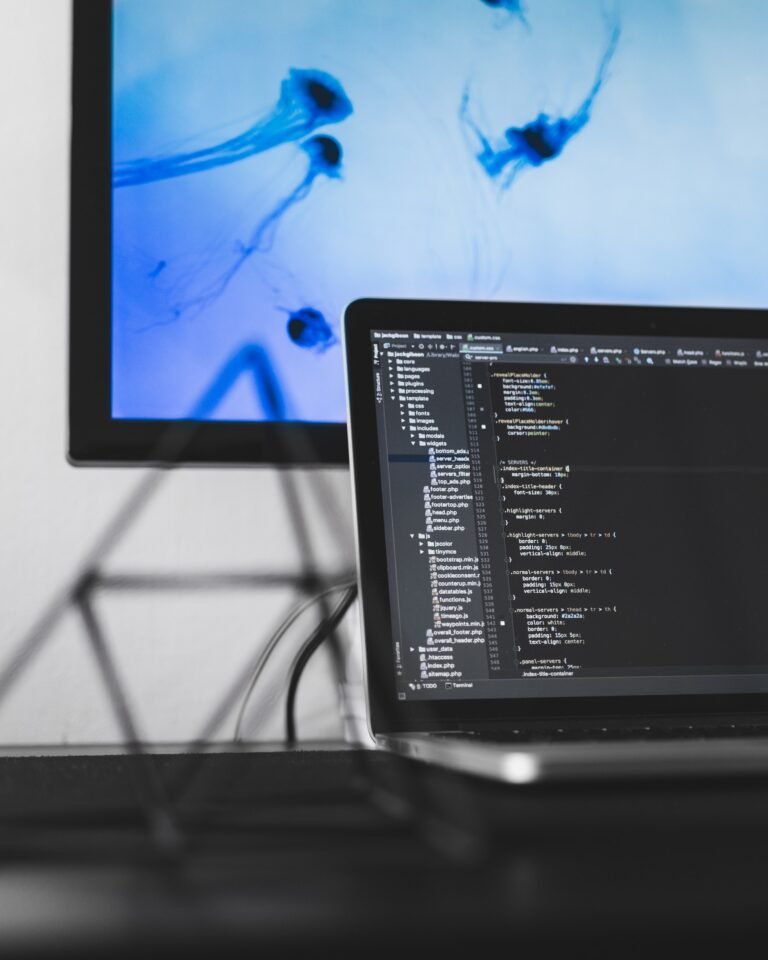The Ethics of Artificial Intelligence
Artificial intelligence (AI) is rapidly transforming our world, bringing with it tremendous technological progress but also major moral challenges. It is critical to address the ethical concerns surrounding the creation and usage of AI systems as they become more integrated into daily life. A number of AI-related ethical concerns are discussed in this article. These concerns include privacy invasion, prejudice, the loss of jobs, and the effects on human autonomy.
Get to Know AI and Its Effects
The term “artificial intelligence” describes the development of computer programs that can mimic human intellect. Emotional intelligence, thinking, problem-solving, and learning are all part of this category of activities. While artificial intelligence (AI) has the ability to dramatically alter several sectors, including healthcare, banking, and transportation, it also begs the issue of what the ethical consequences of AI’s broad adoption would be.
Potential Benefits and Risks of AI
Artificial intelligence (AI) has several potential advantages, such as facilitating new kinds of creativity and problem-solving and increasing accuracy and efficiency across a variety of industries. Yet, there are dangers associated with these innovations. Consequences of AI include the potential for massive employment losses, invasions of privacy, and the reinforcement of preexisting prejudices. To navigate the ethical terrain of AI, it is vital to understand these two sides.
Issues of AI Fairness and Bias
Bias is a major concern when it comes to artificial intelligence ethics. If data used to train AI systems has prejudices, then those biases will most likely be reinforced by the AI. Discrimination against people because of their gender, color, or other characteristics may ensue.
In the Face of AI Bias
Using varied and representative data sets is critical for AI training to reduce bias. To further aid in the detection and correction of biases, developers should institute rigorous testing and auditing procedures. For AI to be developed in an ethical manner, it must be transparent so that users may know why and how choices are made.
Privacy Concerns and Data Security
A lot of data is needed for AI systems to work well, which makes data security and privacy a big concern. In order to safeguard people’s right to privacy, AI systems must use extreme caution while collecting, storing, and using personal data.
Protecting Individual Information
Data encryption and anonymization methods are among the strict data protection procedures that organizations must employ. It is equally critical to have people’s informed permission before using their data and to set clear regulations on data usage. Finding a happy medium between the advantages of data-driven insights and the need to safeguard personal privacy is essential for ethical AI operations.
The Effects on Workforce
There may be a massive loss of jobs if AI manages to automate all of the jobs that people do now. Even though AI has the potential to open up whole new markets, it also poses a serious threat to many well-established occupations.
Navigating Job Displacement
Education and retraining initiatives that equip people for an economy powered by AI should be prioritized in order to address the ethical concerns of job displacement. Supporting those impacted by automation and encouraging the development of new employment possibilities in developing industries are two ways in which governments and businesses may work together to guarantee a fair transition.
Autonomy and Control
Concerns over the level of autonomy that AI systems should have are growing in tandem with their sophistication. An important ethical factor to examine is the balance between human supervision and machine autonomy.
Guaranteeing Human Supervision
Particularly in sectors where human lives are on the line, including healthcare, the criminal justice system, and the financial sector, human supervision of AI systems is crucial. In order to avoid unforeseen outcomes, it is crucial that human operators and AI systems are each given specific duties and responsibilities by established rules and laws.
Principles of Moral AI Development
A multi-pronged strategy that includes privacy, openness, responsibility, and justice is necessary for the development of ethical AI. Principles for Ethical AI states that developers must adhere to ethical norms from the beginning of AI’s creation all the way through to its deployment.
- Fairness: Make sure that AI systems aren’t biased or discriminatory and treat everyone and every group fairly.
- Responsibility: Developers and operators should be held to certain standards when it comes to AI systems.
- Transparency: which means that consumers should be able to see how and why AI makes judgments.
- Confidentiality: Ensure the security of individuals’ personal information by putting strong safeguards in place and getting their permission before using it.
Policy and Regulation Structures
The establishment of ethical rules and laws for AI is an important responsibility of governments and international organizations. The development and deployment of AI must adhere to ethical norms, which necessitates effective rules.
Building Strong Rules
In order to create thorough legislative frameworks, lawmakers should interact with AI specialists, business moguls, and members of civil society. For AI to be utilized ethically and responsibly, these frameworks need to deal with concerns like privacy, autonomy, job loss, and bias.
How Public Knowledge and Participation Play a Part
In order to create and deploy AI in an ethical manner, public awareness and involvement are crucial. We can better handle the opportunities and threats posed by AI if we increase people’s knowledge of its capabilities and its ethical implications.
Encouraging Moral Understanding
Raising public awareness of AI and its potential advantages and disadvantages should be the goal of educational campaigns. Making ensuring that different viewpoints are taken into account and that ethical concerns are prioritized in AI development may be achieved by promoting public debate and involvement in decision-making processes about AI.
Ethical AI: Where we’re heading
The complexity of AI’s ethical consequences will grow in tandem with the technology’s rate of development. To tackle new difficulties and make sure AI technologies are used for society’s good, research, discussion, and cooperation must continue.
Getting Ready for What Lies Ahead
Proactively monitoring and adapting ethical norms and practices is necessary to anticipate future ethical difficulties. The continued positive impact of AI on society’s pursuit of equity and justice depends on our ability to anticipate and address new challenges as they arise.
Many different factors are considered when discussing the ethics of AI, including privacy, prejudice, job loss, and autonomy. We can use AI to our advantage while protecting core human values if we tackle these concerns with careful planning, strong rules, and public participation. In order to create a future where technology helps people fairly and justly, the dedication to ethical AI will be vital going ahead.







